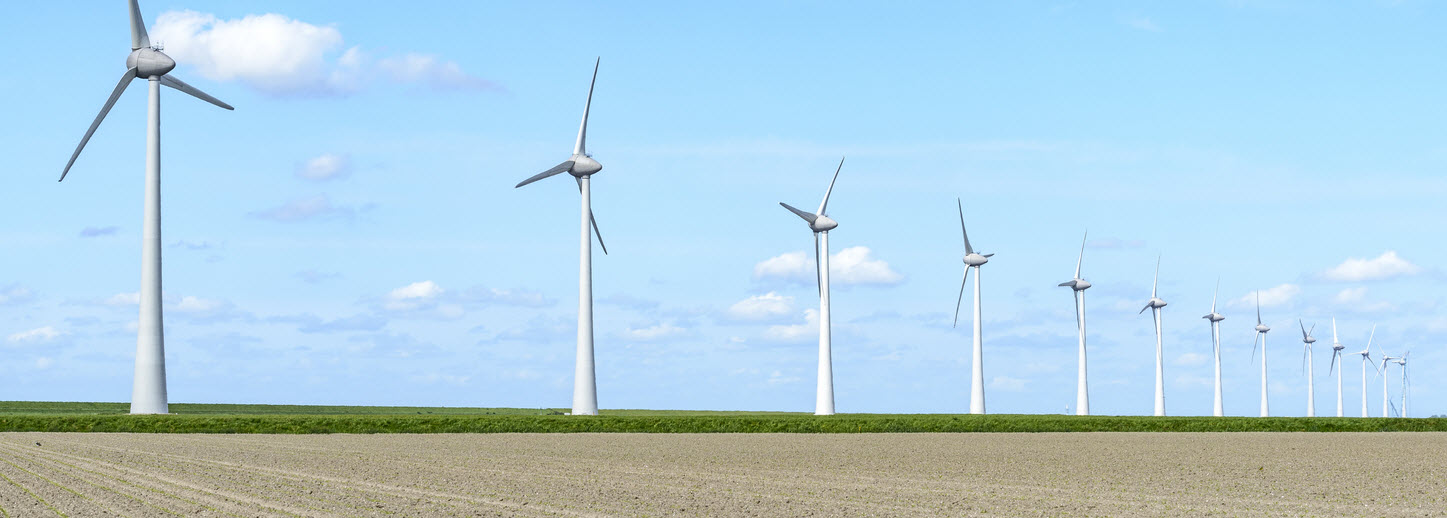| By J. Robert Parks |
The Kyoto Protocol was adopted 25 years ago this week, on December 11, 1997, as part of the United Nations Framework Convention on Climate Change (UNFCCC). It was a system of regulations and requirements that 154 countries agreed to follow in order to reduce the global emissions of greenhouse gases to 5 percent below where they had been in 1990. As the reality of climate change has become clearer since then, the 1997 adoption of the Kyoto Protocol can be seen as a pivotal moment in the world’s efforts to combat climate change. Gale In Context: World History has a number of resources for librarians and teachers to help students understand climate change, the Kyoto Protocol, and follow-up conferences such as the Paris Climate Conference of 2015.
Although climate change might seem like a relatively recent phenomenon, scientific hypotheses about the effects of carbon dioxide date from the nineteenth century, and efforts to control greenhouse gases began more than 50 years ago. The first Earth Summit was held in 1972, and another was scheduled to be held 10 years later, but it was scuttled by the Cold War. When the second Earth Summit occurred in 1992, in Rio de Janeiro, Brazil, world leaders realized that the presence of greenhouse gases in the atmosphere was starting to have a dramatic impact on the world’s weather. The result of the 1992 summit was the formation of the UNFCCC, a pledge to roll back greenhouse gases, and concrete steps as to how to accomplish that.
Meetings among experts and leaders continued for the next five years. At one meeting, known as the Conference of Parties II, a declaration was made that science had provided compelling evidence that climate change was occurring because of human activities. That placed a greater urgency on the next meeting, which was held in Kyoto, Japan, from December 1 to 11, 1997.
The Kyoto Protocol was the result of those 11 days of negotiation. It set specific targets for countries to reduce the amount of greenhouse gases they produced. For example, Germany’s target was 25 percent, and the United States’ goal was a 7 percent reduction. The Protocol also established an emissions trading program so that each country could barter with other nations to best reach its target.
Given the challenges of meeting those goals, countries bickered in the ensuing years over whether developing countries should also have to reduce their emissions and whether developed countries had an obligation to assist those developing countries. While this was happening, the impact of climate change on the earth’s temperature and its weather became more noticeable. In 2004, the World Meteorological Organization, part of the United Nations, released a statement detailing how the global climate was changing.
In 2015, the world’s countries came together in Paris to sign a new international treaty that would replace the Kyoto Protocol. There were deep concerns that climate change was advancing at a greater rate and having a more significant impact than scientists had expected when the Kyoto Protocol was signed in 1997. The new treaty was seen by many scientists as the last chance to roll back global warming before its most dangerous effects became permanent, such as the melting of glaciers; the rising of sea levels; and the intensifying of droughts, floods, and hurricanes. In advance of the Paris gathering, countries submitted new emission-reduction plans, and there was widespread agreement that serious action was necessary.
Critics, however, have argued that the Paris Agreement lacks any kind of enforcement mechanism, and some scientists have argued that even its goals of reducing global temperatures will not fully mitigate the effects of climate change. Climate activists such as Greta Thunberg have held protests to pressure countries to fulfill their commitments. After the summer of 2022, in which droughts, flooding, and heat waves were common across the world, the need to combat climate change is becoming more urgent.
About the Author
J. Robert Parks is a former professor and frequent contributor to Gale InContext: U.S. History and Gale In Context: World History who enjoys thinking about how our understanding of history affects and reflects contemporary culture.



